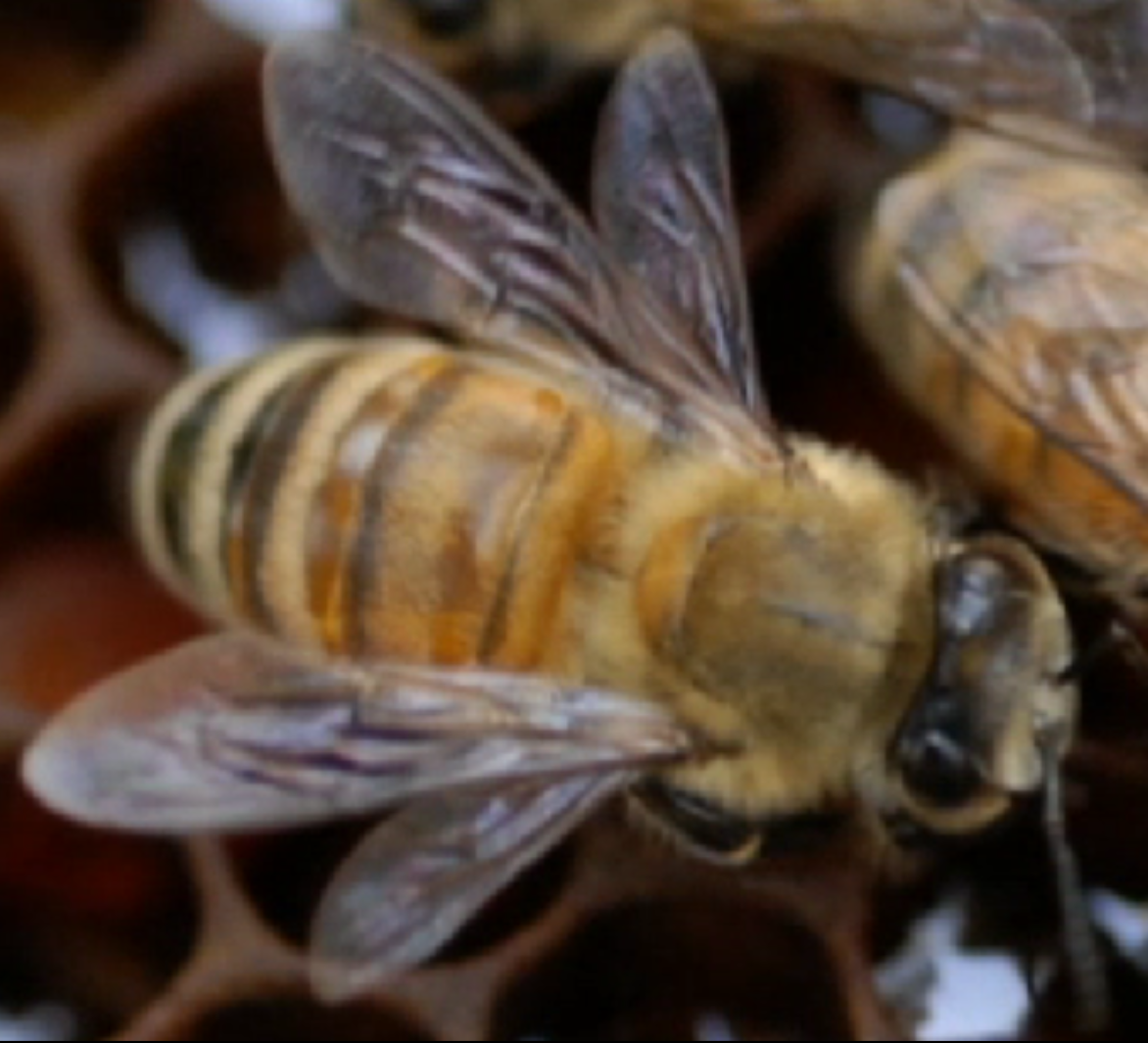January and February are pivotal months for area beekeepers. Although our warm climate is great for beekeeping, there are a few things to keep in mind while managing bee colonies this time of year.
For general management, it’s important to feed colonies in January and February, especially if the colony seems light. It’s also a good idea to repair or paint any equipment needed for the upcoming honey production months. During January, sand pine, maple, and willow are the typical blooming plants for North Florida. For February, blooming plants include plum, cherry, viburnum, sweet clover, blueberry, haw, fetterbush, oak, and swamp titi.
Nosema
One specific topic to keep an eye on is a disease known as “Nosema.” This can cause problems for bees in North Florida during winter, especially late winter. Worldwide, Nosema is the most significant disease affecting bees. The biology of Nosema can be described as a single celled fungus. The fungus actually lives in the gut of the bee. Nosema can spread quickly by bee to bee activities such as feeding and cleaning. There are two species of Nosema: apis & ceranae, and the species are very difficult to differentiate.
So, how do you know if this condition exists in your colonies?
Three symptoms can help detect the disease. It’s important to note that this time of year is when the symptoms will be most pronounced. One symptom is when bees are wandering on the ground in front of the hive, but there are other diseases that cause this behavior as well. K-wing can also be a sign. This is when the forewing and hindwing become detached and form a “K” (Figure 1.). Again, this is not a definitive indicator, as other diseases can cause this condition as well. However, a symptom unique to Nosema is fecal staining, most notably on bee boxes. This happens when bees are leaving the hive after being confined to the bee box for a long period, due to the season’s unfavorable weather. The bees simply expel fecal material upon exiting the box.
Controlling Nosema, is a challenge to say the least. The use of Fumigillin-B is the best course of action. This can be applied to colonies by mixing in with sugar water as feed. However, treating the Nosema species apis is much easier than treating species ceranae. Colonies may need four gallons of the treatment if Nosema ceranae is the culprit. Lab results would be needed to conclude which species is present in your colonies.
The information provided in this article will help you manage your bees through the remainder of the winter season. Remember to feed your bees, catch-up on equipment repair, and look out for signs of Nosema over the next couple of months. February is a great time to pollinate citrus and blueberries as well. If you suspect Nosema, or for more information on beekeeping, please contact your local county extension office.
Supporting information for this article can be found at the UF/IFAS EDIS Publication, “Florida Beekeeping Management Calendar” by Dr. James D. Ellis & Dr. C.M. Zettel Nalen, and the UF/IFAS Entomology Department’s Nosema Video by Dr. James D. Ellis.
- Challenges Using Oxalic Acid Against Summer Varroa Mite Infestations for Panhandle Beekeepers - July 11, 2025
- Managing Pine Stands for Straw Production - January 10, 2025
- Disaster Preparedness for the Ranch - June 21, 2024

